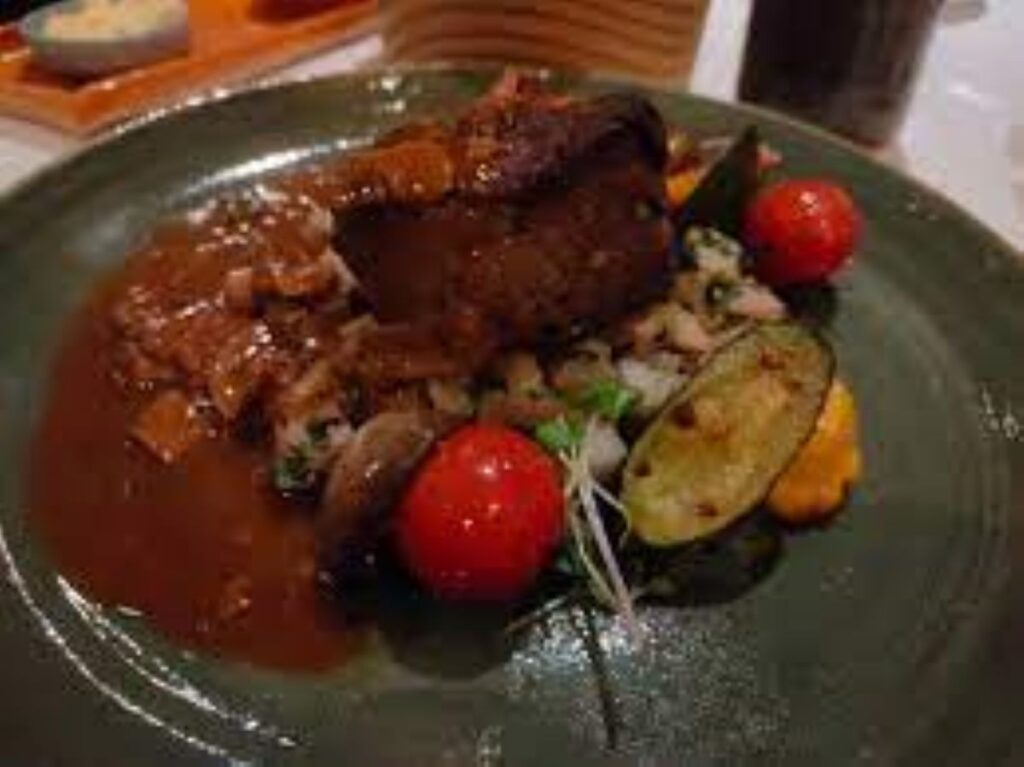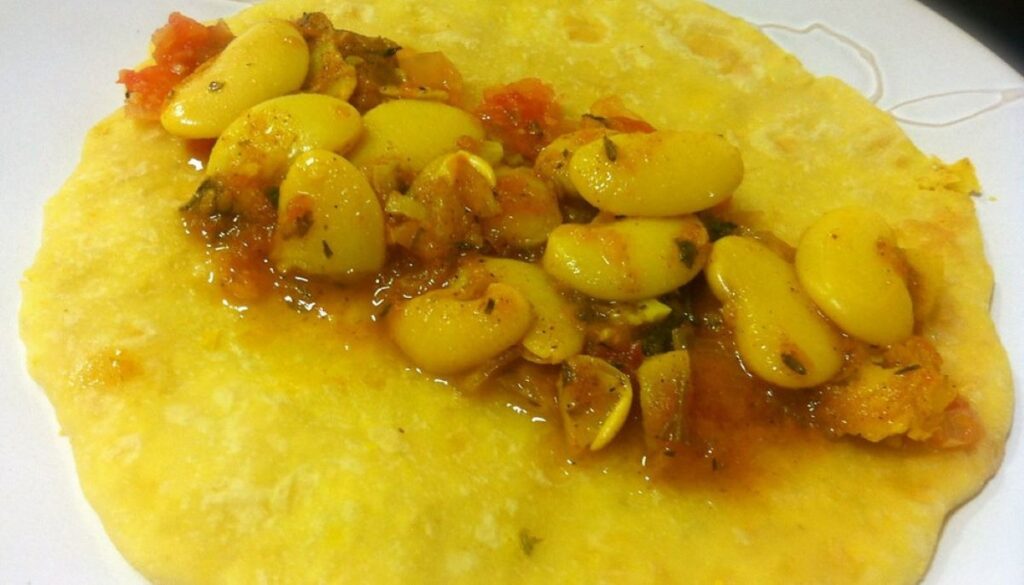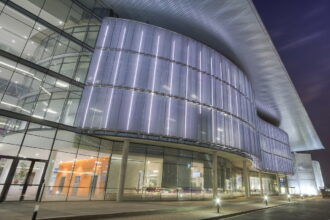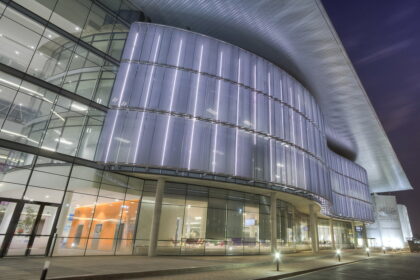At a Glance
- Mauritius rebrands from beach haven to culinary hotspot, blending Creole, Indian, and Chinese flavors.
- Food tourism drives longer stays, higher visitor spending, and boosts local farmers and small producers.
- The government invests in training and sustainability to cement Mauritius’s global gastronomic reputation.
Mauritius is turning its kitchens into economic engines as food becomes one of the island’s most powerful tourism draws.
Long celebrated for its turquoise lagoons and five-star resorts, the Indian Ocean nation is rebranding itself as a culinary destination where Creole, Indian, and Chinese influences come together.
The approach aims to keep visitors on the island longer and encourage higher spending through authentic, local dining experiences.
Once promoted mainly for its beaches, Mauritius now markets food as part of its premium offering. From roadside dholl puri stands in Port Louis to elegant Creole tasting menus at Le Chamarel and La Clef des Champs, the country’s dining scene is expanding how travelers experience the island.

Food tourism emerges as a global travel trend
Around the world, culinary travel is among the fastest-growing corners of the tourism market. Analysts say travelers are dedicating more of their budgets to meals that tell a story seeking authenticity and local connection over sightseeing alone.
In Mauritius, this trend dovetails with the country’s steady post-pandemic rebound. Visitor arrivals are climbing, and spending on food and beverage especially luxury dining and experiential travel is rising sharply.
Hotels and restaurants are meeting the moment with farm-to-table menus, cooking workshops, and curated street food tours that highlight the country’s diverse heritage.
Authenticity meets refinement
Mauritius’s food map is widening. Classic dishes such as dholl puri and Creole rougaille are now featured on guided food trails, while chefs in upscale venues are working vanilla, fresh seafood, and tropical fruits into tasting menus that balance familiarity with finesse.
This blend of local and refined appeals to a broad range of travelers from budget-conscious visitors to high-end tourists seeking cultural depth in every bite.
Local gains, global recognition
For many small producers, the growth of food tourism means more than visitor satisfaction. Culinary routes and farm-to-fork programs are directing revenue toward local vendors, farmers, and artisans, creating income that extends beyond resort gates.
Governments elsewhere have shown that promoting local cuisine can boost off-season demand and raise average visitor spending. Mauritius is following that model, developing regional food circuits and partnerships with small-scale producers.

Challenges and the long view
Building a reliable, high-quality culinary sector is not without challenges. Weather patterns, supply-chain issues, and a shortage of trained staff have strained restaurants seeking to maintain consistent quality. Importing ingredients adds costs in an already competitive tourism market.
Still, government agencies and industry groups are investing in culinary schools, professional certification, and sustainable sourcing programs.
These moves aim to secure Mauritius’s position as a serious food destination in the Indian Ocean and one of Africa’s emerging players in gastronomic tourism.
A strategic shift toward high-value tourism
For investors and travel brands, the opportunity is clear. Boutique hotels that make local cuisine part of their story and restaurants that showcase Mauritius’s cultural blend stand out across travel platforms and social media feeds that target experience-driven visitors.
This culinary push is more than a passing trend. It represents a shift toward higher-value tourism, one that transforms traditional dishes into cultural capital and tangible growth. Mauritius is finding a new way to sell its beauty through flavor, story, and the warmth of its kitchens.















